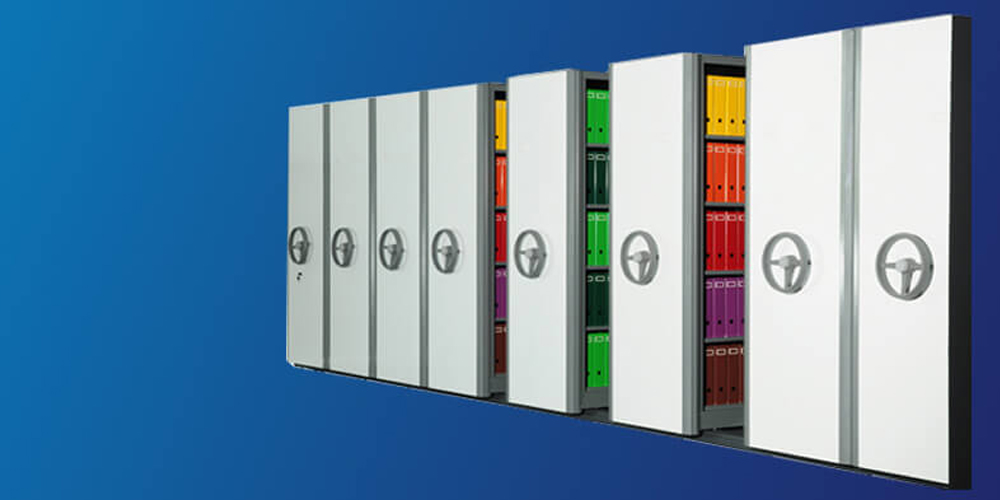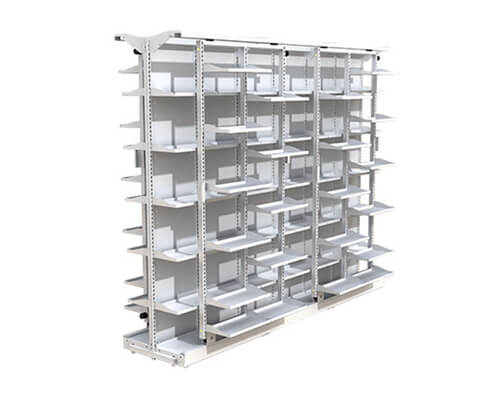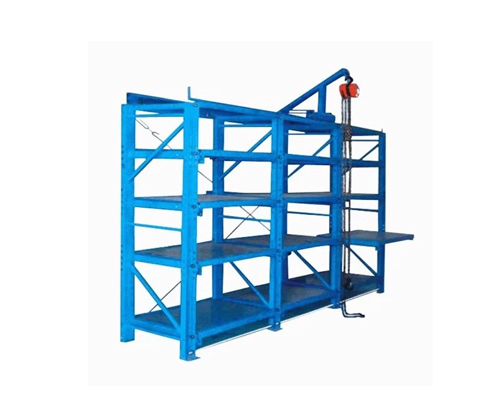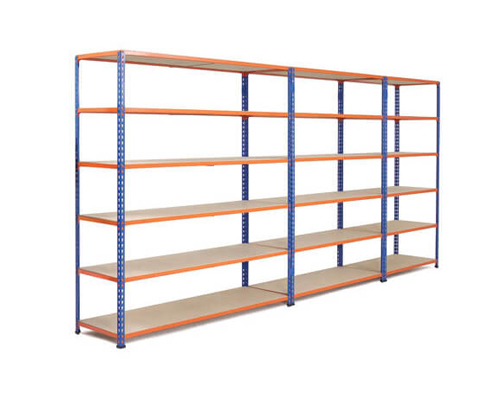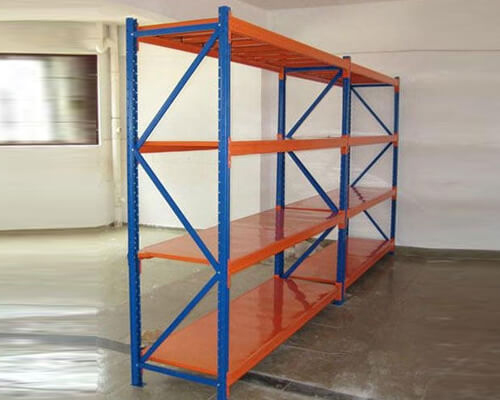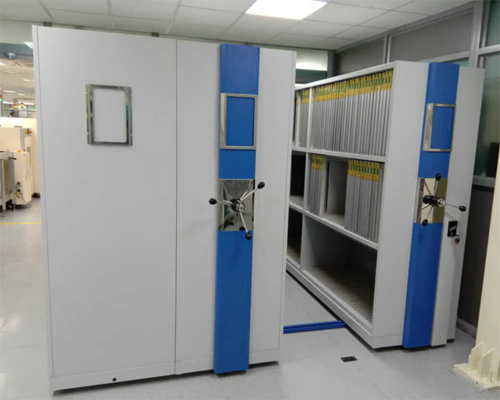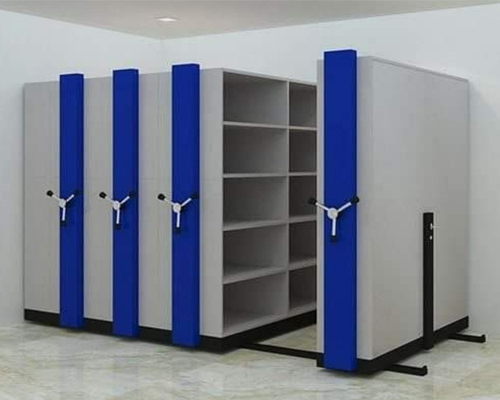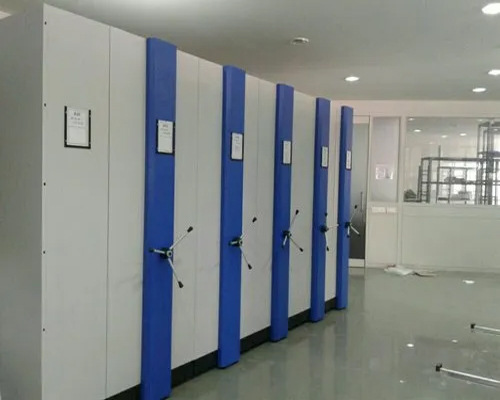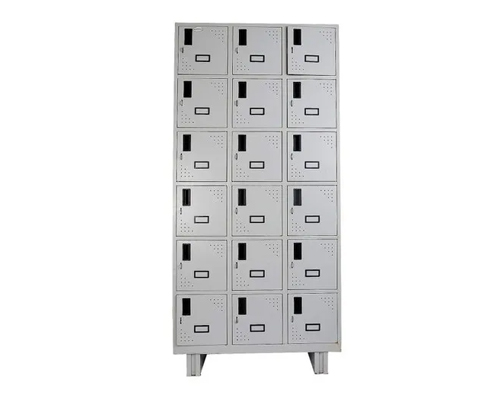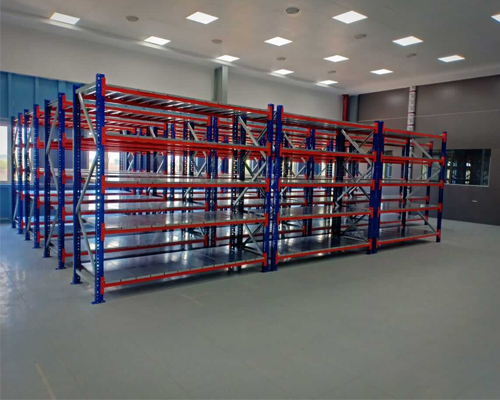Top Stencil Rack Manufacturers in Chennai | Premium Storage Solutions
Looking for trusted stencil rack manufacturers in Chennai? We ARR Engineeringoffer durable and efficient stencil racks designed for organized storage and easy access to stencils in various industries. Our high-quality racks are built with robust materials to ensure long-lasting performance and customization based on your specific needs. Ideal for factories, workshops, and storage facilities, our stencil racks provide a reliable solution for safe and efficient stencil handling. Contact us today for customized stencil rack solutions at competitive prices.
Introduction to Stencil Rack Manufacturing in Chennai
History of stencil rack production in the region
Chennai has a rich history in stencil rack manufacturing, dating back to the 1970s. It all started when a few local entrepreneurs saw the growing need for organized storage solutions in various industries. They began crafting simple wooden racks, which gradually evolved into the sophisticated stencil racks we see today.
Importance of stencil racks in various industries
Stencil racks play a crucial role in many industries, from printing and textile manufacturing to automotive and electronics. They help keep stencils organized, protected, and easily accessible. I remember visiting a friend’s screen printing shop and being amazed at how much time he saved by using a well-designed stencil rack!
Overview of Chennai’s manufacturing landscape
Chennai’s manufacturing sector is diverse and dynamic. The city is home to numerous small, medium, and large-scale industries, creating a perfect ecosystem for stencil rack manufacturers to thrive. With its skilled workforce and supportive business environment, Chennai has become a hub for quality stencil rack production.
Types of Racks Manufactured by ARR Engineering located in Chennai
Stencil Rack
Stencil racks play a crucial role in many industries, from printing and textile manufacturing to automotive and electronics.
Die Mould Rack
Die mould racks are specialized storage systems designed to safely hold and organize die moulds used in manufacturing processes.
Mobile Rack
The main goal of mobile rack shelving is to make the most of your storage space. By eliminating fixed aisles between shelves.
Heavy Duty Pallet Rack
Our pallet racks offer exceptional durability and load-bearing capacity, ideal for organizing large inventories in industrial and commercial spaces.
Mobile Shelving
Mobile storage compactors are clever storage solutions that help us make the most of our space.
Mobile Storage Compactor
Mobile storage compactors are clever storage solutions that help us make the most of our space.
Compactor Storage System
Built with durable materials and a smooth rail system, our compactors ensure safe and organized storage while significantly reducing space requirements.
Staff Lockers
Our lockers are built with premium materials and come in a variety of sizes and configurations to meet your specific storage needs.
Mezzanine floors
Mezzanine floors are like a secret weapon for making the most of your space. Imagine having an extra floor between your ground level.
Major Stencil Rack Manufacturers in Chennai
Product ranges and specializations
Each manufacturer has its unique strengths. For instance, Chennai Racks Pvt. Ltd. specializes in heavy-duty stencil racks for industrial use, while Stencil Solutions focuses on compact designs for smaller workspaces. It’s fascinating to see how these companies have carved out their niches in the market.
Market share and competitive analysis
While exact market share figures are hard to come by, industry insiders estimate that these top three manufacturers account for about 60% of the local stencil rack market. Competition is friendly but fierce, pushing each company to innovate and improve constantly.
Manufacturing Processes and Technologies
Materials used in stencil rack production
Common materials include:
- Stainless steel
- Aluminium
- High-grade plastics
The choice of material often depends on the specific needs of the customer and the intended use of the rack.
Cutting-edge manufacturing techniques
Modern stencil rack manufacturing in Chennai employs advanced techniques like:
- CNC machining
- Laser cutting
- 3D printing for prototypes
It’s amazing how far we’ve come from the days of manual production!
Quality control and testing procedures
Quality is paramount in this industry. Manufacturers typically conduct rigorous testing, including:
- Load-bearing tests
- Durability checks
- Precision measurements
I once toured a factory and was impressed by the attention to detail in their quality control process.
Design Innovations in Chennai’s Stencil Racks
Customization options for different industries
Chennai’s manufacturers offer a wide range of customization options. Whether you need a rack for delicate silk-screen stencils or heavy metal stencils, there’s a solution for you. Some companies even offer digital design tools to help customers visualize their custom racks.
Ergonomic and space-saving designs
With workspace efficiency becoming increasingly important, manufacturers are focusing on ergonomic and space-saving designs. Foldable racks and modular systems are gaining popularity. I recently saw a clever design that could be mounted on a wall, freeing up valuable floor space.
Integration of smart features and technologies
Some manufacturers are experimenting with smart features like:
- RFID tracking for stencil management
- LED indicators for easy stencil location
- Integration with inventory management systems
It’s exciting to see how technology is transforming even seemingly simple products like stencil racks.
Sustainability Practices in Stencil Rack Manufacturing
Eco-friendly materials and production methods
Many manufacturers in Chennai are adopting eco-friendly practices. This includes using recycled materials and water-based paints. Some are even exploring biodegradable plastics for certain components.
Waste reduction and recycling initiatives
Waste reduction is a key focus. Companies are implementing strategies like:
- Efficient material cutting to minimize scrap
- In-house recycling programs
- Partnering with local recycling facilities
Energy-efficient manufacturing processes
Energy efficiency is another area of improvement. Solar panels are becoming a common sight on factory roofs, and energy-efficient machinery is the norm rather than the exception
Market Trends and Future Outlook
Growing demand across various sectors
The demand for stencil racks is growing, driven by expansion in industries like electronics, automotive, and textiles. With Chennai’s manufacturing sector booming, the future looks bright for stencil rack manufacturers.
Emerging technologies shaping the industry
New technologies are changing the game. 3D printing, for instance, is opening up new possibilities in rack design and customization. I’m curious to see how these technologies will shape the industry in the coming years.
Expansion opportunities for Chennai manufacturers
Many local manufacturers are eyeing expansion, both within India and internationally. Some are partnering with overseas distributors, while others are setting up their own branches in other cities.
Challenges Faced by Stencil Rack Manufacturers
Raw material procurement and cost fluctuations
Fluctuating raw material costs are a constant challenge. Manufacturers have to balance quality with affordability, which isn’t always easy.
Competition from domestic and international markets
While Chennai dominates the local market, competition from other Indian cities and international imports is increasing. It’s pushing local manufacturers to up their game.
Adapting to changing industry standards and regulations
Keeping up with changing standards and regulations is crucial. Whether it’s safety standards or environmental regulations, manufacturers need to stay on their toes.
Summary
Chennai’s stencil rack manufacturing industry has come a long way, evolving from simple wooden racks to high-tech, customized solutions. With a focus on innovation, quality, and sustainability, these manufacturers are well-positioned to meet the growing demand for stencil racks across various industries.
ARR Engineering Stencil Racks Related Product & Service Areas:
Chennai, Chengalpattu, Coimbatore, Erode, Kanchipuram, Ranipet, Thanjavur, Tiruppur, Ariyalur, Villupuram, Salem, Thoothukudi, Namakkal, Trichy, Krishnagiri, Oragadam, Sricity, Bangalore, Hosur, Siruseri, Cuddalore
Frequently Asked Questions (FAQs)
1. What are the most common materials used in stencil rack manufacturing?
The most common materials are stainless steel, aluminium, and high-grade plastics. The choice depends on factors like durability requirements, weight considerations, and the specific needs of the industry.
2. How do Chennai’s stencil rack manufacturers ensure product quality?
They employ rigorous quality control measures, including load-bearing tests, durability checks, and precision measurements. Many also have dedicated quality assurance teams.
3. What industries are the main consumers of stencil racks in Chennai?
The main consumers include the printing industry, textile manufacturing, automotive sector, and electronics industry. However, the use of stencil racks is expanding to other sectors as well.
4. How are stencil rack manufacturers in Chennai addressing sustainability concerns?
They’re adopting eco-friendly materials, implementing waste reduction and recycling programs, and investing in energy-efficient manufacturing processes. Some are also exploring innovative materials like biodegradable plastics.
5. What sets Chennai’s stencil rack manufacturers apart from their competitors?
Chennai’s manufacturers stand out due to their long-standing expertise, focus on customization, adoption of cutting-edge technologies, and commitment to quality. Their ability to understand and meet the specific needs of various industries also gives them an edge.

